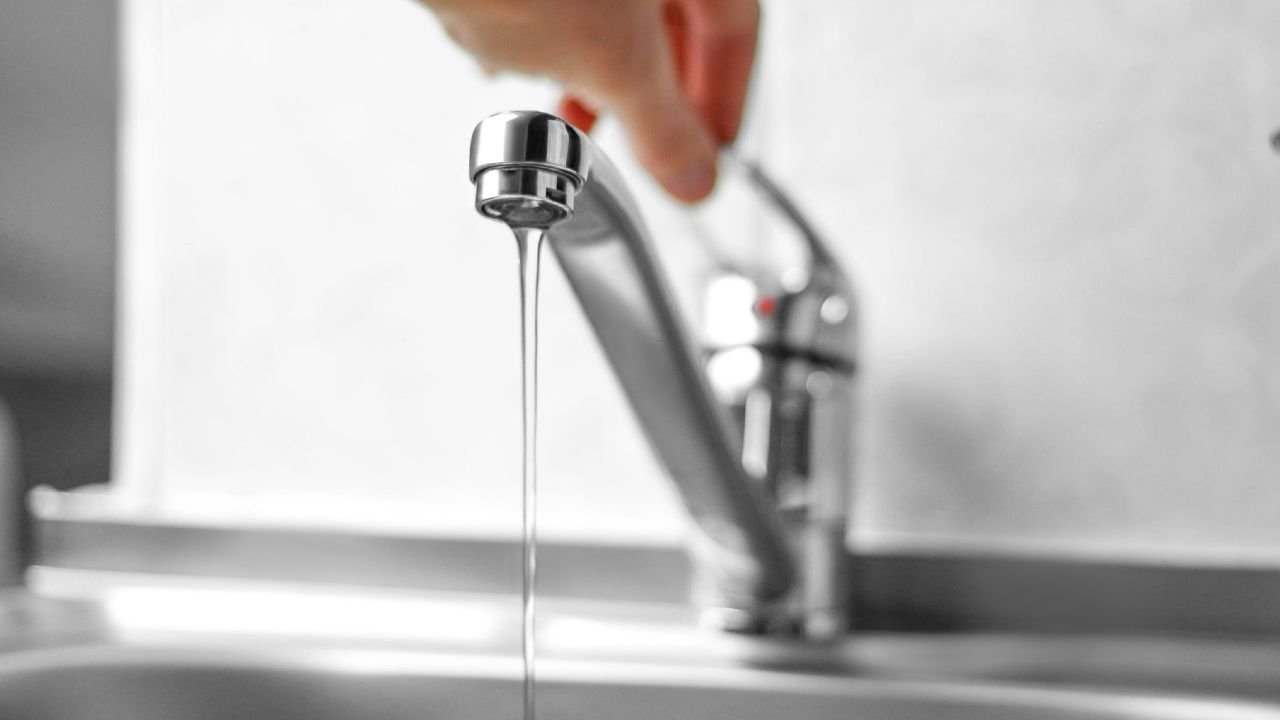Pumping sytems and inverter: reduced consumption and long system life.
Inverter-equipped pressurization units are now the optimal solution for medium and large facilities because while maintaining a constant pressure they optimize consumption and the life of the hydraulic system.
- Inverters are devices that enable electronic control of electric pumps.
- By varying the power frequency of electric motors, the speed of rotation can be varied
- Modulated power based on actual needs is the key to energy savings
Water pumps are energy-intensive devices, accounting for about 10 percent of the world's energy consumption. It is no coincidence that there is an ever-increasing research by manufacturers toward making high-performance and environmentally friendly machines.

Pressurization units with integrated inverters: comfort and savings.
We have already seen in a previous article how pressurization units meet the needs of adequate water supply, even when there is considerable pressure and flow demand. These surface pumping systems, alongside the reliability of the water supply, put energy savings to the forefront through the application of inverter technology.
Let's then try to delve into how variable speed systems enable environmental impact and energy costs to be contained.
Indeed, the application of electronic control to pressurization units ensures operating economy and optimal operation.
How inverter technology works.
Inverters are devices that vary the power frequency of electric motors and thus their rotational speed. Electric motors rotate at a speed proportional to the mains frequency, so by varying the frequency, it is possible to vary the speed.In short, the inverter modulates the frequency and supply voltage of the electric motor so that the speed matches the actual load requirements. This saves a considerable amount of energy in all those systems, such as pumping systems, where partial utilization is planned for an extended period.
The inverter changes the pump characteristic curve in real time by shifting the operating point as needed. In an application where a constant magnitude must be ensured, such as in a water system where the pressure must be maintained at a certain level as the flow rate changes, the integrated electronic control manages motor operation at the most appropriate speed as needed.
The advantages of variable speed pumping systems.
This variable speed mode of operation results in reduced inrush currents at start-up, lower absorption of electric pumps at steady state, and gradual shutdown. All this results not only in lower energy expenditure, but also in quieter operation, less wear and tear on the components, and thus a longer life span for the pumping system, which is found to operate under optimal conditions.It should also be considered that thanks to technological innovation, inverters designed to be autonomous and perfectly reliable are now available. The choice of pressurization units consisting of variable speed pumps equipped with inverters therefore proves to be a winner from multiple points of view.
If we compare our pumping system to an automobile, the advantage is clear: who among us would want an engine that always runs at full speed, even when we are stopped at traffic lights?
If we compare our pumping system to an automobile, the advantage is clear: who among us would want an engine that always runs at full speed, even when we are stopped at traffic lights?
In practical terms, it is like comparing a car whose engine always runs at full throttle, even when it is running at walking pace or even when it is stopped at a traffic light with a smart car whose engine idles when necessary, or which turns off the engine when it is stopped.


























